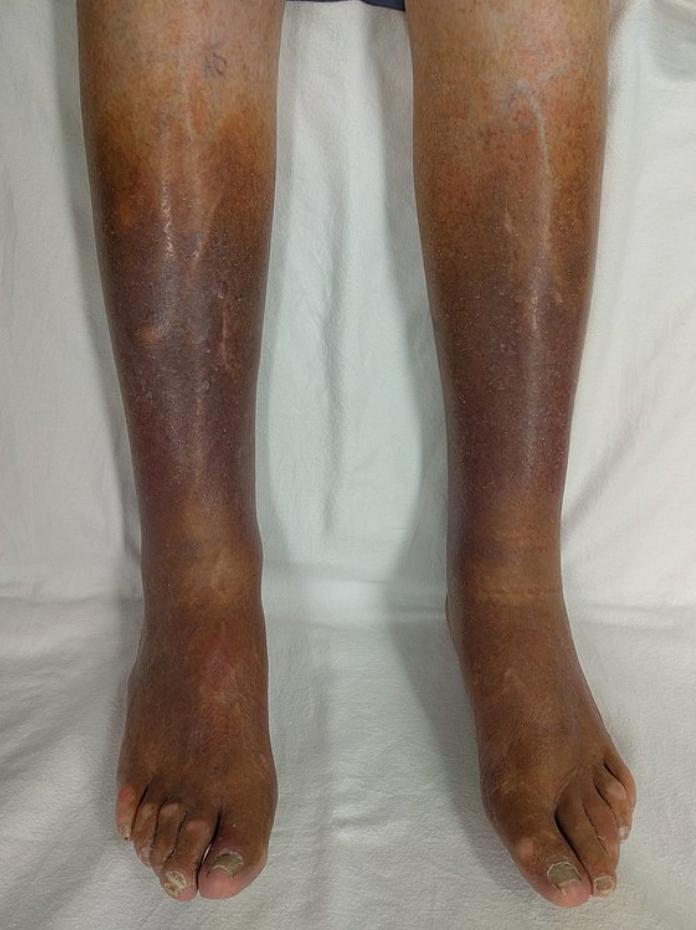What is vascular surgery ?
Vascular surgery is a specialty that deals with the comprehensive diagnostic and therapeutic services for patients with diseases and disorders of the arteries, veins and lymphatics (circulatory system)
Vascular surgeons manage diseases of the veins and arteries in every part of the body except the brain and the heart.
Why a vascular surgeon is needed
Not all patients need surgery! A well trained vascular specialist often spends most of his/ her time in medical treatment of diverse vascular conditions and gives balanced opinion about the treatment and is tailor made according to needs of the patient.
When would you need to see a vascular surgeon?
Typically patients are referred to vascular surgeons by their family doctors, physicians or surgeons who suspect vascular diseases. However, people with high risk categories like: smokers, diabetics or high blood pressure people could visit a vascular surgeon as a precaution.
Various vascular conditions
Aortic aneurysm
An aortic aneurysm is the swelling of the aorta’s wall. Aorta is a major blood vessel that is responsible for the blood circulation from your heart to the rest of your body. In the case of aortic aneurysm, there is no specific location where the swelling may occur, it may occur anywhere in the aorta. The bulge can be round or the shape of a tube. Aneurysm usually happens when the blood vessel becomes weak. The weak spot in the vessel expands due to the constant blood flow. In the beginning, the swelling is small but eventually, it may become bigger with the increase in pressure. An aortic aneurysm is considered dangerous.

Peripheral arterial disease
Also called PAD, peripheral vascular occlusive disease (PVOD), peripheral arterial occlusive disease (PAOD), Peripheral Vascular Disease (PVD)
Peripheral artery disease (P.A.D.) is a disease in which plaque builds up in the arteries that carry blood to your head, organs, and limbs. Plaque is made up of fat, cholesterol, calcium, fibrous tissue, and other substances in the blood. PAD most commonly affects arteries in the legs. This build-up typically occurs gradually. If allowed to progress, blood flow in that artery can become limited or blocked all together. The difficulty in walking is called claudication. If it progresses further, it can lead to gangrene and need for limb amputation.



Chronic venous insufficiency
Also called Phlebitis, Post-Thrombotic Syndrome, Venous Insufficiency, Venous Leg Ulcer
CVI is usually caused due to impaired venous circulation in legs and causes leg pain or swelling. The valves in the varicose veins stop working properly causing impairment in the circulation of blood. This could happen due to:
- Varicose veins (Which may not have a specific cause)
- valve dysfunction which is usually hereditary
- valve destruction after a deep vein thrombosis (DVT)
- blood clot
CVI is more common in women (especially after multiple pregnancies) and in people who are middle aged or older. CVI could be treated with exercise and weight loss to prevent further complications.
Also called Phlebitis, Post-Thrombotic Syndrome, Venous Insufficiency, Venous Leg Ulcer

